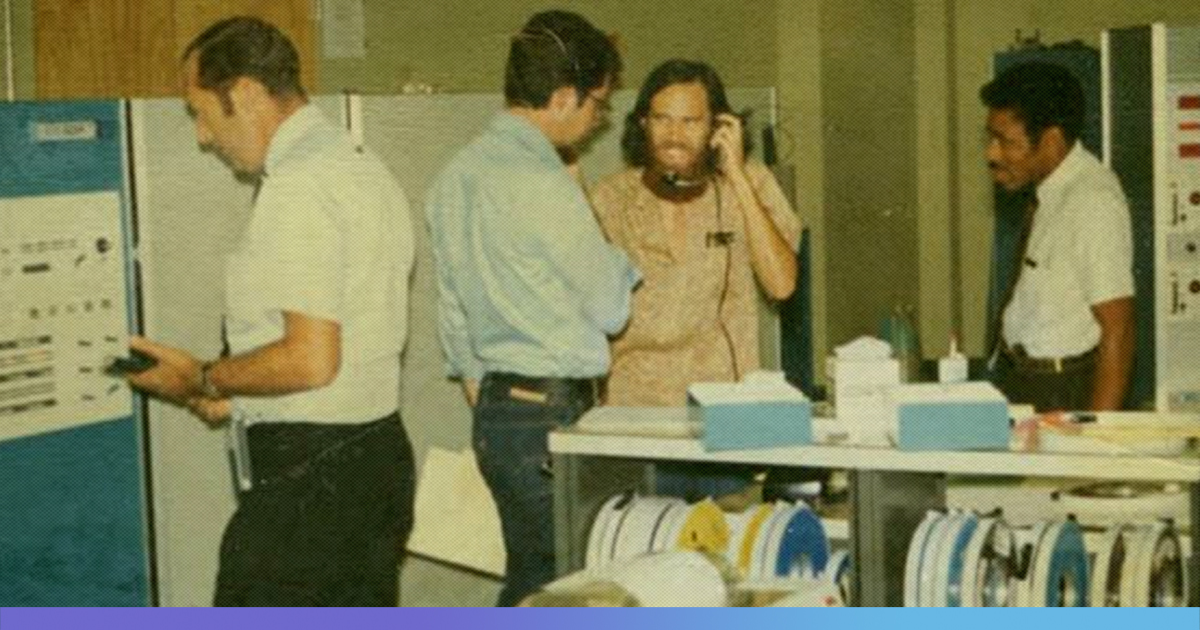Exactly 50 years from now, Room 3420 of the University of California, Los Angeles (UCLA) witnessed the birth of communication revolution- the internet. Charley Kline, a student programmer, sent the first digital data transmission to Bill Duvall, a scientist at the Stanford Research Institute(SRI), on 29 October 1969, at 10:30 p.m. Pacific time. Little did the duo know that they had created a revolution in the tech world.
Kline was working on ARPANET(Advanced Research Projects Agency Network), the precursor to the internet, when, in an attempt to login to the computer at SRI, he transmitted the word ‘lo’. Although the message crashed the system, it was later fixed to set up a permanent connection between the two institutions. And so began the journey of the internet and the World Wide Web as we know it today.

ARPANET was set up by Leonard Kleinrock, a professor at UCLA, as a project under the Advanced Research Projects Agency ARPA of the US Department of Defense. The idea behind ARPANET was to send small “packets” of information across interconnected systems, which would later be reconstructed at the receiver’s end. Based on the program Kline had written, he could send “packets” to Duvall’s system, and the programme was designed to recognise valid commands. While Kline attempted this by trying to send ‘LOGIN’ to Duvall, the latter’s system crashed upon typing G. The duo then fixed the minor error.
“This was basically the paradigm that we now see on the internet with linked documents and things like that was first developed,” Duvall said to Fast Company. “We always envisioned that we would have a series of interconnected workstations and interconnected people. We called them knowledge centres in those days because we were academically oriented,” he added.
But this method of communication had a problem. As the network expanded, connecting different models of computers created compatibility issues. The solution came in the form of a better set of protocols called TCP/IP (Transmission Control Protocol/Internet Protocol) that were designed in 1982. Under this, the data was broken into IP and then reassembled in the right order by TCP.
ARPANET gave rise to several major innovations, a notable one being e-mail or electronic mail, which was developed by Ray Tomlinson. Later, in 1989, Tim Berners-Lee, a British scientist, invented the World Wide Web (WWW) at CERN (The European Organization for Nuclear Research), which was released to the public in 1991.
Also Read: IT Sector In J-K Stares At Grim Future As Internet Shutdown In Valley Enters 86th Day











